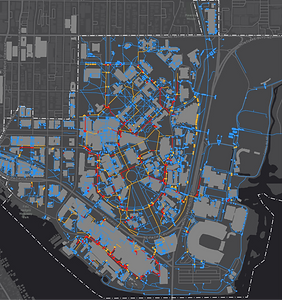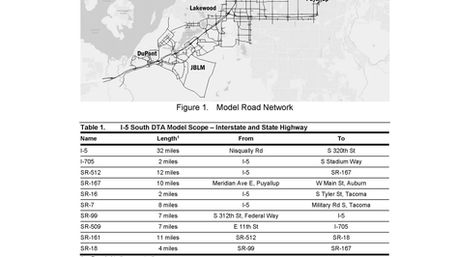top of page


Modeling
Analyzing network traffic operations, identifying safety issues, and creating travel demand models
Accurate, reliable, innovative tools utilizing the latest transportation modeling software
Transpo’s travel demand models help local agencies in evaluating future transportation system needs. We also integrate traffic simulation technology into our analyses, providing visual information that clearly conveys concepts to both technical and non-technical audiences, and illustrates the trade-offs between potential solutions.
-
Traffic Operations Software: Synchro, HCS, Sidra
-
Traffic Simulation Software: Vissim, Corsim, SimTraffic, Dynameq, TransModeler, Aimsun, FTA’s Simplified Trips-on-Project Software (STOPS)
-
Travel Demand Models: VISUM, Emme, TransCAD, CUBE
Client Projects
A few of our recent favorites
Experts in our field
Some of the folks we are lucky to work with

Related Services

bottom of page









